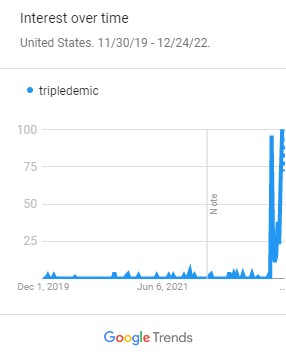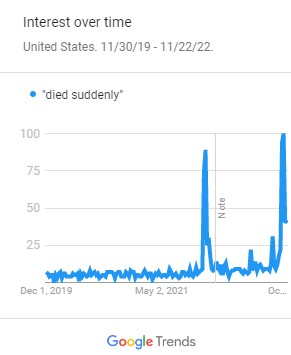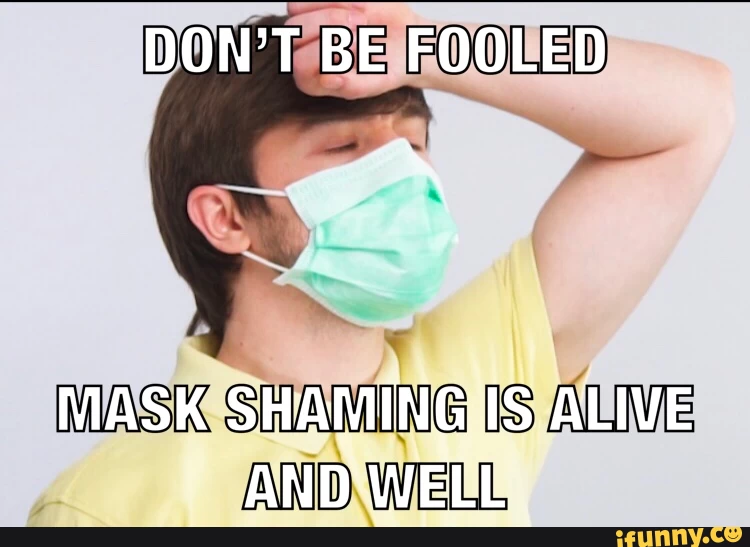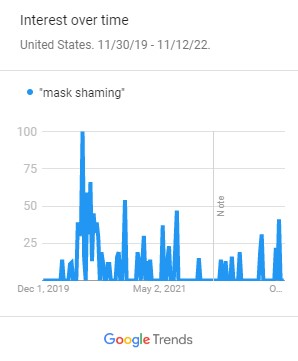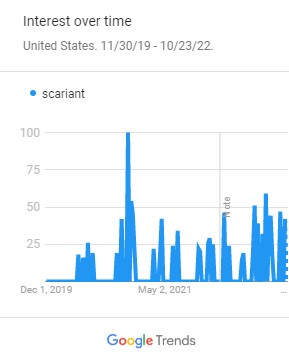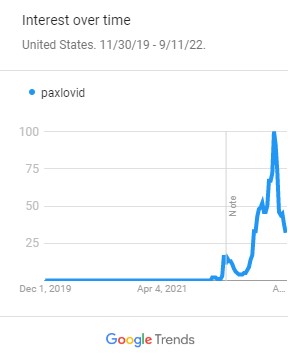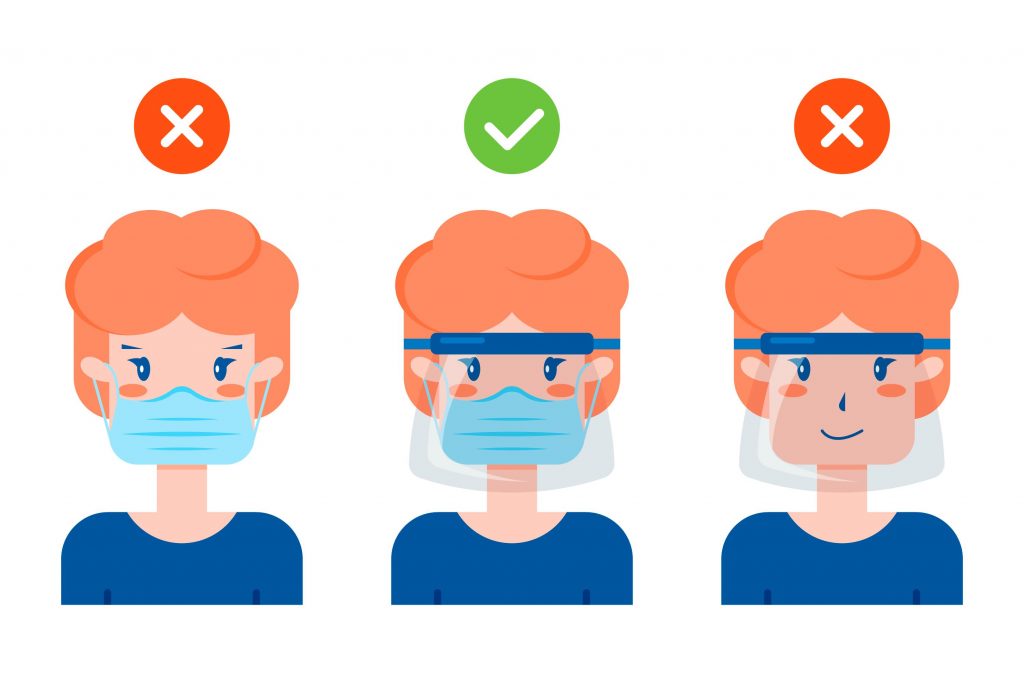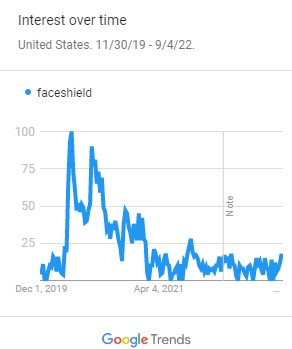As a follow-up from my last blog on Thank you NHS, this post is about the social movement and phrase “Clap for Our Carers” which was started by Annemarie Plas who got the idea of regularly clapping for National Health Service (NHS) workers in appreciation for their service during the pandemic from similar movements in her home country of The Netherlands.
An article published for The Guardian described the beginning of the “Clap For Our Carers” campaign and the feelings it invoked:
In those strange, unending days of the spring lockdown, the thing that marked time for many of us in the UK was the weekly round of applause for NHS staff and other care and key workers. Every Thursday at 8pm, people stood on doorsteps or leaned out of windows, clapping (or whooping or bashing pans) in appreciation of those who were working in difficult circumstances. The first, on 26 March, took place three days after Boris Johnson addressed the nation, and knowing it was happening across the country created a rare feeling of unity, as well as introducing many of us to our neighbours for the first time.
Saner
The “Clap for Our Carers” inspired artists to show their support for the campaign. Nathan Wyburn, of Cardiff, created a “digital portrait of a nurse using more than 200 selfies contributed by NHS staff on Facebook…Mr Wyburn, 30, decided to make the art after he was ‘moved to tears’ by last week’s ‘Clap for our Carers’ appeal” (Draper). Nathan posted a clip of an interview with BBC Wales about his artwork. You can watch the video below.
The “Clap for Our Carers” campaign lasted for three months and was supported by politicians as well as the late Queen. The final clap was held on May 28, 2020. Even though the pandemic is behind us, we will always be grateful for the hard work of our beloved National Health Service staff for the risks they took to help care for those during the global pandemic.
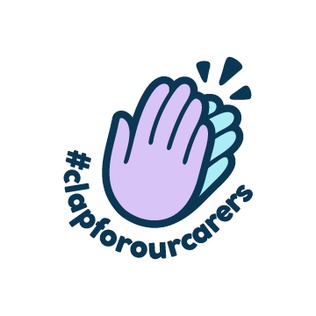
Social Media Trends as of February 11, 2023
Facebook #clapforourcarers: people are posting about this
Instagram #clapforourcarers: 147,439 posts
TikTok #clapforourcarers: 438,800,000 views
YouTube #clapforourcarers: 1,000 videos and 660 channels
Google Trends: “clap for our carers” first appeared during the week of March 22, 2020 when the first campaign began at 8pm on March 26, 2020 where people from across the United Kingdom clapped and cheered to show their appreciation for the NHS staff who risked their lives to care for patients during the pandemic.

Sources:
“Clap for Our Carers.” Wikipedia.com. 2020. URL: https://en.wikipedia.org/wiki/Clap_for_Our_Carers.
“Clap for Our Carers” logo. Creative Clinic. April 5, 2020. URL: https://en.wikipedia.org/wiki/Clap_for_Our_Carers#/media/File:Clap_for_our_Carers_Logo.jpg.
“Clap For Heros.” Twitter. January 6, 2021. URL: https://twitter.com/clapforheroesuk/status/1346813738356248578.
Draper, Joseph. “Artist pays special tribute to front-line NHS workers.” Penarth Times. 2 April 2020. URL: https://www.penarthtimes.co.uk/news/18352935.artist-pays-special-tribute-front-line-nhs-workers/.
Saner, Emine. “‘It was surreal watching it’: how life changed for the woman behind Clap for Our Carers.” The Guardian. 21 December, 2020. URL: https://www.theguardian.com/lifeandstyle/2020/dec/21/it-was-surreal-watching-it-spread-how-life-changed-for-the-woman-behind-clap-for-our-carers.
NathanWyburnArtist Youtube channel. “BBC Wales News “NHS Thank You” art. YouTube. March 30, 2020. URL: https://www.youtube.com/watch?v=CniBrxRI8PY.


